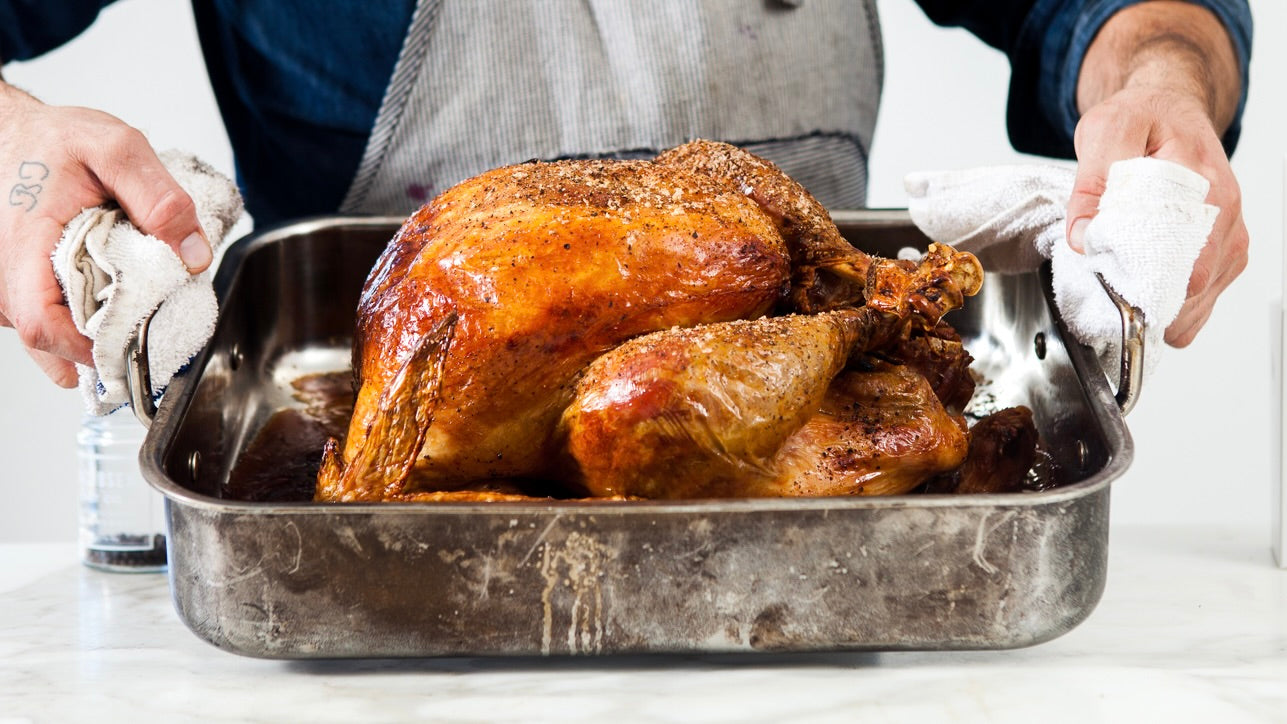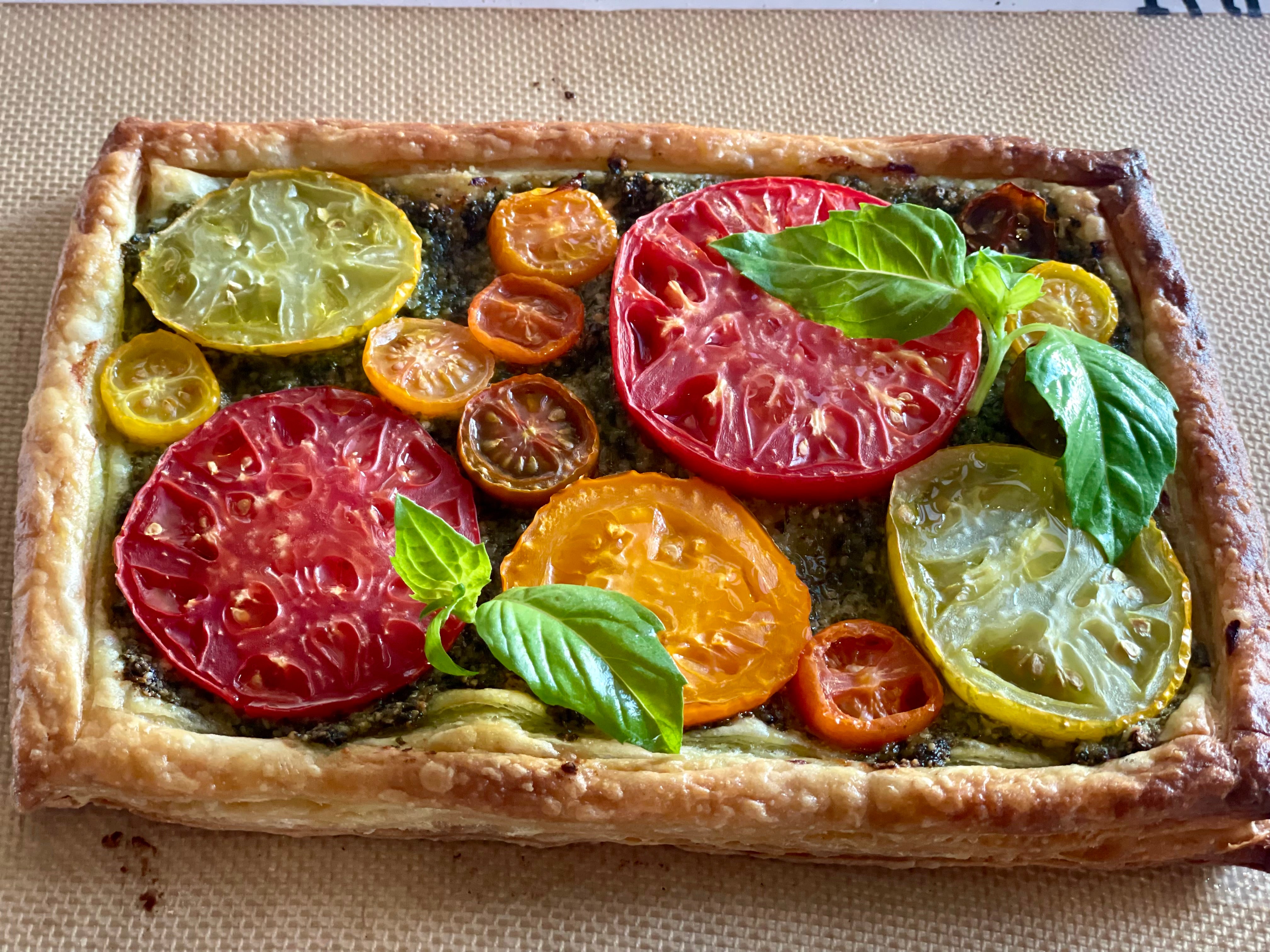
A Complete Guide to Brining a Juicy Thanksgiving Turkey
Brining, the age-old technique of using a saltwater solution to preserve and enhance flavor, has been a kitchen staple for centuries. Not only does it prevent bacteria growth in meats and vegetables, but it also transforms the texture and taste of food, ensuring every bite is juicy, tender, and full of flavor.
Why Brining is a Game-Changer for Thanksgiving
I remember the first time Donald thought to brine the bird for Thanksgiving. He'd done so for other meats during his catering days and, as anticipated, the results were indeed more juicy.
Why Brine? Unlocking the Secret to Juicy, Tender Meat
Brining goes beyond seasoning; it changes the structure of meat proteins, ensuring every bite is infused with moisture and flavor. If you've ever struggled with dry turkey breast or bland chicken, brining is your solution. While it requires some planning, the payoff is a perfectly seasoned, tender, and juicy dish.
What Can You Brine? Not just Poultry!
Brining isn't limited to turkey or chicken. While it's most commonly used for meats and seafood, you can also use brine for pickling and preserving vegetables, adding depth and tang to your dishes. For instance, a quick brine can elevate shrimp or fish, while a vegetable brine preserves fresh produce for months.
Dry Brine vs. Wet Brine: Which Method is Best for You?
Both brining methods are effective but suit different needs. Here's a breakdown to help you decide:
Dry Brining
Dry brining involves rubbing salt directly onto the meat, requiring less space and no additional liquid. It’s perfect for those who want:
- Crispier skin: Especially on poultry like turkey or chicken.
- Easier preparation: No need for large containers or gallons of water.
Pro Tip: Use kosher salt for dry brining. Its large flakes spread evenly, minimizing the risk of over-salting.
Wet Brining
Wet brining submerges the meat in a saltwater solution, ideal for:
- Juicier results: Especially for lean meats like turkey breast.
- Even seasoning: The liquid ensures thorough salt penetration.
Pro Tip: For every gallon of water, use 2 cups of kosher salt or 1 cup of fine sea salt. Always use cool (not warm) brine and ensure the meat is fully submerged to prevent bacteria growth.
How to Brine Step by Step
Wet Brine Method
- Dissolve salt in water (heat if necessary, then cool completely).
- Add optional aromatics such as bay leaves, garlic, or apple cider for extra flavor.
- Submerge the meat in the brine in a covered container or bag.
- Refrigerate for the recommended time (see guide below).
- Pat dry and bring to room temperature before cooking.
Dry Brine Method
- Use ½ teaspoon of kosher salt per pound of meat.
- Rub the salt evenly over the meat.
- Refrigerate uncovered or loosely covered for the recommended time.
- Pat dry and cook as desired.
How Long Should You Brine?
Use this handy guide to time your brine perfectly:
| Item | Brining Time |
|---|---|
| Whole turkey | 12 to 24 hours |
| Turkey breast | 4 to 8 hours |
| Whole chicken | 2 to 4 hours |
| Chicken breasts/thighs | 2 hours |
| Pork chops | 4 to 8 hours |
| Shrimp | 30 minutes |
| Fish fillets | 15 to 30 minutes |
Making Your Own Brine: Add Layers of Flavor
Brining is highly customizable. You can keep it simple with just salt and water or get creative with additions such as:
- Herbs & Spices: Bay leaves, peppercorns, garlic.
- Sweeteners: Brown sugar, honey, apple cider.
- Citrus: Orange or lemon zest for brightness.
These additions not only enhance flavor but also improve browning and caramelization during cooking.
Common Brining Questions
Can I use table salt instead of kosher or sea salt?
Yes, but be cautious of the volume. Table salt is denser, so you’ll need less than kosher salt. Also be aware that most table salt contains anti-caking agents which give a metallic taste to the end product. For a traditional wet brine, we recommend Jacobsen Pure Kosher Sea Salt.
Do I need to rinse the meat after brining?
No, patting it dry is enough. Rinsing can wash away the flavor you’ve worked to infuse.
Can I brine steak?
We don’t recommend wet brining for steak, but a dry brine can help enhance flavor.
Final Thoughts: A Brined Thanksgiving Feast to Remember
Whether you choose a dry brine or a wet brine, this technique ensures your Thanksgiving turkey—and any other meat you brine—steals the show. With a little planning, you’ll elevate your holiday meal to new heights.






